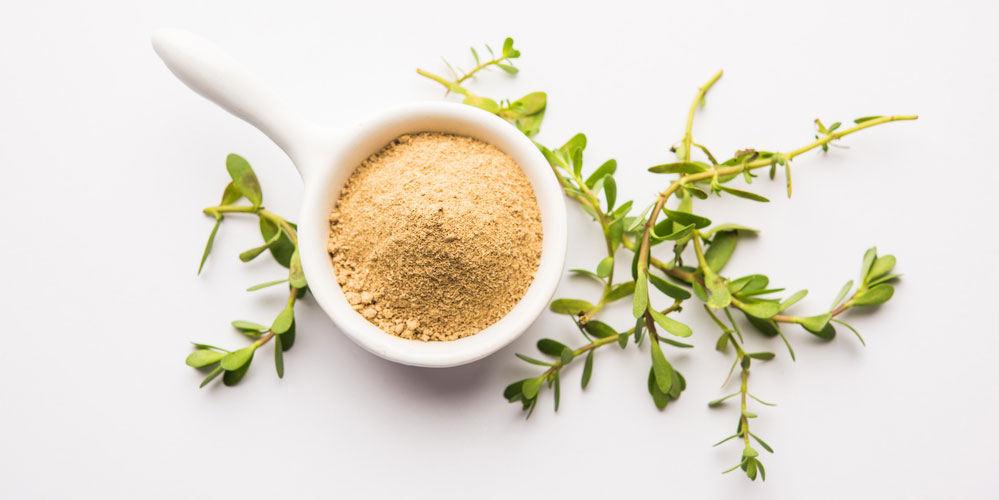Nurture a sea of Bacopa blooms by unlocking the secrets of perfect fertilization timing and choice!
With its delicate white and blue blooms, the bacopa plant brings charm and visual interest to both indoor and outdoor spaces. Proper fertilization is key to keeping your bacopa healthy and encouraging abundant flowers. Follow these dos and don’ts when feeding your bacopa.
Signs Your Bacopa Needs Fertilizer
How can you tell when it’s time to fertilize your bacopa? Here are a few signs that your plant is hungry for nutrients
- Less flowering or smaller blooms
- Yellowing leaves or lackluster foliage
- Slow growth
- Stunted appearance
If you notice any of these, it’s time to feed your plant. Bacopa blooms best with regular fertilization during the active growing season.
The Dos of Fertilizing Bacopa
When fertilizing bacopa, keep these recommendations in mind:
Use a balanced liquid fertilizer – Look for a water-soluble fertilizer with an NPK ratio of 10-10-10. This provides an equal mixture of nitrogen, phosphorus and potassium.
Fertilize regularly – Outdoor landscape bacopa should be fed every 2-3 weeks. Potted plants need fertilizer every 1-2 weeks.
Follow label directions – Don’t overdo it. Carefully follow the label instructions for correct dilution and application rate.
Fertilize in the morning – Fertilize first thing in the morning so the nutrients don’t sit long before being washed into the soil.
Water first – Always water your plant thoroughly before applying fertilizer. This prevents root burn.
Consider organic options – Organic fertilizers like fish emulsion or compost tea nourish plants without synthetic chemicals.
Test soil periodically – Use a soil test kit to determine if pH adjustments or amendments are needed for optimal nutrient absorption.
The Don’ts of Fertilizing Bacopa
Just as important as the dos, here are some mistakes to avoid when fertilizing bacopa:
Don’t over-fertilize – Too much fertilizer can build up salts in the soil, damaging roots and leaves.
Avoid high nitrogen formulas – Bacopa favors phosphorus for prolific blooms. High nitrogen leads to weak, leggy growth.
Don’t fertilize after September – Bacopa goes dormant as days shorten. Fertilizing in fall and winter encourages new growth prone to cold damage.
Never fertilize dry soil – Always water first to activate nutrients and prevent burning tender roots.
Don’t allow contact with leaves – Prevent leaf scorch by watering immediately after fertilizing. Don’t sprinkle granular fertilizer directly onto foliage.
Watch for signs of excess salts – Leaf tips turning brown and crinkled foliage indicate a sodium buildup from over-fertilizing.
Don’t use garden soil for containers – Garden soil lacks the porosity and drainage needed for potted plants. Use a potting mix amended with compost or worm castings instead.
Best Practices for Healthy, Flowering Bacopa
Follow these tips and your bacopa will reward you with a long season filled with delicate blooms:
-
Pinch back leggy stems to encourage bushy, compact growth.
-
Prune spent blooms to promote new flowering.
-
Give outdoor bacopa partial shade in hot climates.
-
Bring containers indoors before first frost.
-
Propagate bacopa from stem cuttings in spring and summer.
-
Mist plants daily to increase humidity around foliage.
-
Apply compost or organic mulch around landscape plantings to enrich soil.
With the right care, the bacopa plant will blossom abundantly from spring through fall. Consistent fertilization is key to keeping your bacopa looking lush and healthy. Follow the dos and don’ts above to get the most out of this delightful plant. Soon your indoor and outdoor spaces will be graced with billowy mounds of cheery blooms.

Proper Placement for Granular Fertilizers
Granular fertilizers are the marathon runners of plant nutrition, releasing food slowly. To avoid a nutrient pile-up, place these granules at the base of the plant, not directly on the stems or leaves. Scratch them gently into the soil to ensure they reach the roots, where theyre needed most. Remember, its a fine line between well-fed and overfed—cross it, and youll be nursing a Bacopa with a bad case of the burns.
Maintaining Nutrient Levels During Blooming
Once Bacopa starts blooming, its like a non-stop party for the senses. To keep the blooms coming, fertilize every two to three weeks for outdoor plants, and every one to two weeks for container-grown Bacopa. Remember, consistency is your plants best friend during these peak times.
Don’t Feed Plants – Learn to fertilize correctly
FAQ
What is the best fertilizer for bacopa?
How do you keep bacopa blooming all summer?
Do bacopas need to be deadheaded?

